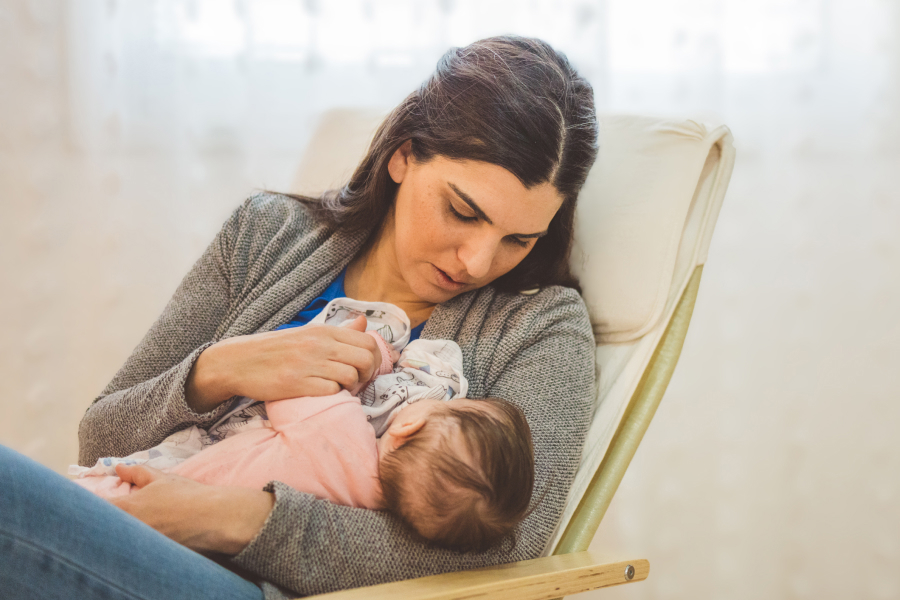Baby Apnea Monitor
From the moment a baby is born, alongside the tremendous excitement, parents experience more than a little fear and anxiety. For the first months of life, one of the most common concerns of new parents is that their babies stop breathing when sleeping and the risk of sudden infant death syndrom (SIDS). This fear leads some parents to use a sleep apnea monitor for their infants, without being sufficiently aware of the repercussions of use of this device. Even if you are considering to use an apnea monitor, you should learn more about the subject and the results of studies conducted on sleep apnea monitoring.
How the device works
There is a wide range of baby apnea monitors that use sensors that monitor various indices: breathing, movement, oxygen level, heart rate, sounds or room temperature. Some are also equipped with a camera that allows remote display. If the device detects any change in the indices measured, it sets off an alarm.
False alarms and an exaggerated sense of security
Although distributors of sleep apnea monitors claim that the device can lower the risk of SIDS, various professional associations do not, to date, support the use of home monitors to prevent the phenomenon in healthy infants.
For the measurement of these devices to be reliable, the infant must lay on a sensor that is placed on the bed. Any movement during sleep outside the range of the sensor stops the monitoring of the breathing and triggers an alarm. Such false alarms can cause unnecessary anxiety among parents.
On the other hand, use of this type of device can result in an exaggerated sense of security in parents, who rely on the device setting of an alarm on an extreme life-threatening condition. This feeling make parents unalert and avoid taking needed actions to genuinely lower the risk of SIDS, such as placing the bed in the parents’ bedroom, creating a safe sleep environment with no objects in the bed, avoiding positioning the baby on the stomach when sleeping, and so on.
Apnea monitors are recommended when there is a medical need
An apnea monitor is recommended when the medical professional gives an explicit instruction to use it. This type of medical instruction is given when there is a significant risk of breathing difficulties during sleep, for example when there is concern of breathing disorder, heart function disorder, or for premature infants whose lungs were hurt. In these cases, the monitor can help continuously monitor at night, allowing parents to get the rest they need.

















